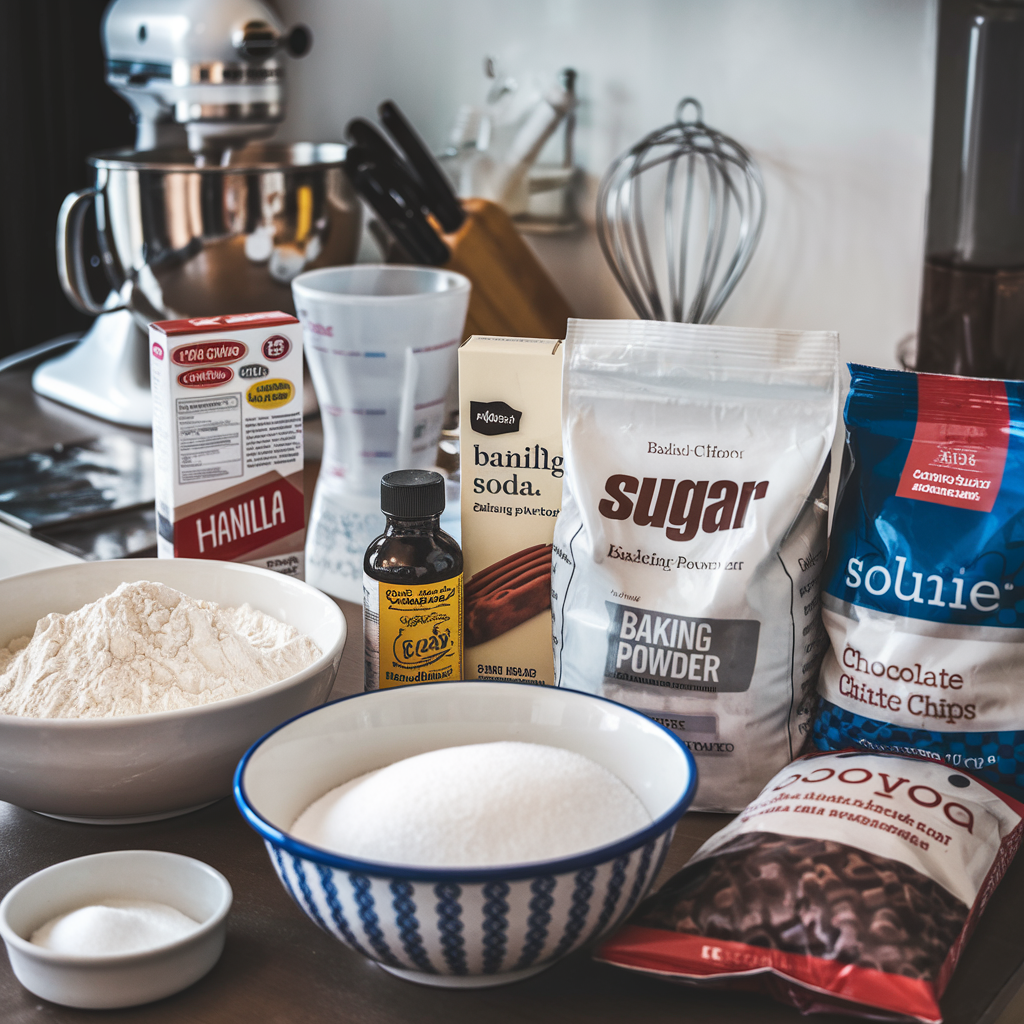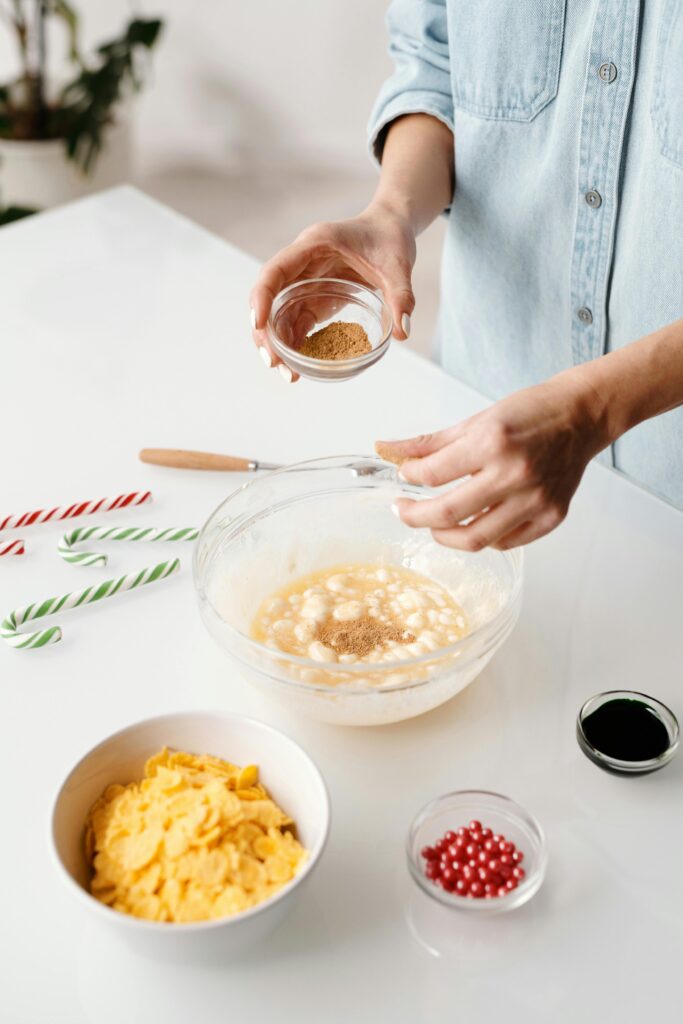Introduction
Pakistan’s food scene is as varied and rich in 2025 as its cultural legacy. One of the numerous classic candies that has endured through the ages is a well-liked treat made with semolina. This sweet dish, well-known for its flavorful aroma, exquisite texture, and cultural significance, perfectly captures the spirit of Pakistani cuisine.
This essay celebrates the ageless attraction of this semolina-based treat by examining its history, preparation, cultural significance, and contemporary variations.
Historical Background

A Sweet Made From Semolina And Made In 2025 Pakistan, known as “sooji” in Pakistan, has been a staple ingredient in South Asian cuisine for centuries. Its use in sweets can be traced back to ancient times when it was cherished for its unique texture and ability to absorb flavors.
Semolina is derived from durum wheat, and its coarse, grainy texture makes it ideal for creating desserts with a distinct mouthfeel.
A popular dessert in Pakistan made with semolina is “Sooji ka Halwa.” This classic dish originated during the Mughal era, when it was frequently served at court festivities and feasts.
Known for their opulent culinary customs, the Mughals popularized this dessert by adding ghee (clarified butter) and exotic spices, turning it into an opulent delight.
Ingredients and Preparation

Ingredients:
Semolina (Sooji):
The main component, which supplies the flavor and texture foundation.
Ghee:
Gives depth and a nutty scent that are necessary for the genuine flavor.
Sugar:
Adjusts the quantity of sweetness to suit individual tastes and adds flavor to the food.
Water:
Used to get the semolina’s consistency to the desired temperature.
Milk:
Added sometimes to provide food a creamier texture and deeper taste.
Cardamom:
An important spice with a pleasant scent and a touch of warmth.
Nuts (Almonds, Pistachios):
Nuts (pistachios, almonds): used as a garnish to provide some crunch and eye appeal.
Saffron:
Used infrequently for its distinct flavor and hue, which stands for luxury.
Preparation:
Roasting Semolina:
First, toast the semolina over medium heat in ghee. This is an important step since it guarantees the gritty texture and intensifies the nutty flavor. Stir the semolina constantly until it gets golden brown and releases a delicious aroma.
Preparing Sugar Syrup:
Sugar and water are combined and cooked until the sugar is entirely dissolved in the water in a separate pan. At this point, cardamom pods are frequently added to the syrup to provide their taste.
Combining Ingredients:
Next, the heated sugar syrup is gently combined with the roasted semolina. Low heat is used to cook this combination, enabling the semolina to soak up the liquid and expand. At this point, milk can be added for a creamier consistency.
Final Touches:
The liquid is taken off the heat once it thickens and achieves the appropriate consistency. Next, chopped nuts and saffron strands are added to the halwa to give it texture and visual appeal.
Cultural Significance
In Pakistani culture, sooji ka halwa is exceptional and frequently connected to religious and celebratory events. It is a must-have for events like birthdays, weddings, and Eid. In addition, the dessert is made for customary rituals like “Niaz” (charity dinners) and “Mehndi” (pre-wedding festivities), which stand for happiness and wealth.
The celebration of “Ashura” during the Islamic month of Muharram is one of the most important cultural ties to Sooji ka Halwa. To promote a sense of community and compassion, it is traditional to make huge quantities of this treat and give it to neighbors and the less fortunate during this time.
Modern Adaptations and Variations
Sooji ka Halwa has undergone numerous contemporary modifications as well as regional variants as Pakistani cuisine changes. Both professional chefs and home cooks experiment with different ingredients and preparation methods to offer new takes on this classic dish.
Fruit Infusions:
It’s becoming common to add fruits to halwa, such as pineapple, banana, or mango. These fruits give the classic dish a refreshing twist and a hint of natural sweetness.
Health-Conscious Variations:
Some varieties utilize less sugar now that people are more conscious of their health, or they replace it with healthier options like jaggery or honey. To satisfy those who prefer a lighter version, healthier oils are occasionally used in place of ghee.
Fusion Desserts:
By incorporating Sooji ka Halwa into fusion sweets, contemporary chefs have expanded the traditional uses of this dish. For example, halwa-flavored ice cream or pastries provide a modern twist that appeals to younger palates and people from different countries.
Regional Variations
Sooji ka Halwa is prepared differently throughout Pakistan according to regional customs and tastes.
Punjabi Style:
Sooji ka Halwa from Punjab is renowned for being decadent and delicious. It frequently has a lot of sugar and ghee in it, and occasionally it’s flavored with a tiny bit of saffron or rose water to give it a posh feel.
Sindhi Style:
The halwa in Sindh is usually less sweet and lighter. It frequently uses regional ingredients, such as coconut or dates, to give it a unique flavor.
Balochi Style:
Sooji ka Halwa from Balochistan is a hearty, rustic dish. It might use locally grown dried fruits and nuts, like walnuts and apricots, giving the classic dish a distinctive twist.
Kashmiri Style:
Kashmiri Sooji ka Halwa is flavored with cardamom and saffron, two of the region’s most popular spices. During the chilly winter months, it’s a lovely treat that’s commonly served with “Kahwa” (traditional green tea).
The Modern-Day Popularity
Sooji ka Halwa is still a popular dish in Pakistan in 2025, enjoyed by people of all ages. Its everlasting appeal can be ascribed to its ease of preparation, adaptability, and comforting taste. Serving halwa as a sign of hospitality to guests and for everyday meals, it is a frequent sight in both urban and rural families.
Culinary Innovation
Modern Pakistani cooks and foodies are always coming up with new ideas to improve and enhance Sooji ka Halwa. There are a ton of inventive ways to prepare this traditional dessert on social media, culinary websites, and television cooking programs.
Halwa Tarts:
Making tart filling out of Sooji ka Halwa is one creative method. The rich, sweet filling is complemented by the buttery tart shell, resulting in a fusion dessert that blends classic ingredients with contemporary design.
Halwa Pancakes:
Another well-liked alternative is to mix Sooji ka Halwa into the batter to make light, fragrant pancakes that have the richness of semolina and a touch of cardamom.
Halwa Truffles:
Halwa truffles are a delicious option for individuals who want bite-sized sweets. As a sophisticated treat, the halwa is shaped into little balls and covered in coconut or crushed nuts.
Nutritional Aspects
When compared to many other dessert options, Sooji ka Halwa is a more healthful choice due to its delicious nature and nutritional benefits.
Energy-Rich:
A wonderful source of carbs that releases energy quickly and steadily is semolina. For a rapid energy boost, Sooji ka Halwa is a great option because of this.
Protein and Fiber:
Semolina contributes to a balanced diet because it is high in protein and dietary fiber. The protein level is further increased by the addition of nuts.
Vitamins and Minerals:
B vitamins, iron, and magnesium are just a few of the important vitamins and minerals that are abundant in semolina. These nutrients promote general wellbeing and health.
Conclusion
The semolina-based dessert, Sooji ka Halwa in particular, is still a staple of Pakistani cuisine in 2025. Its extensive history, cultural relevance, and contemporary modifications demonstrate the country’s capacity to uphold tradition while welcoming modernity.
Sooji ka Halwa is still a comforting and joyful dessert, whether it is consumed in its traditional form or as a modern fusion dish. This classic dessert is a delectable reminder of Pakistan’s rich cultural heritage and the timeless allure of its traditional flavors, even as the country’s culinary scene changes.


























































